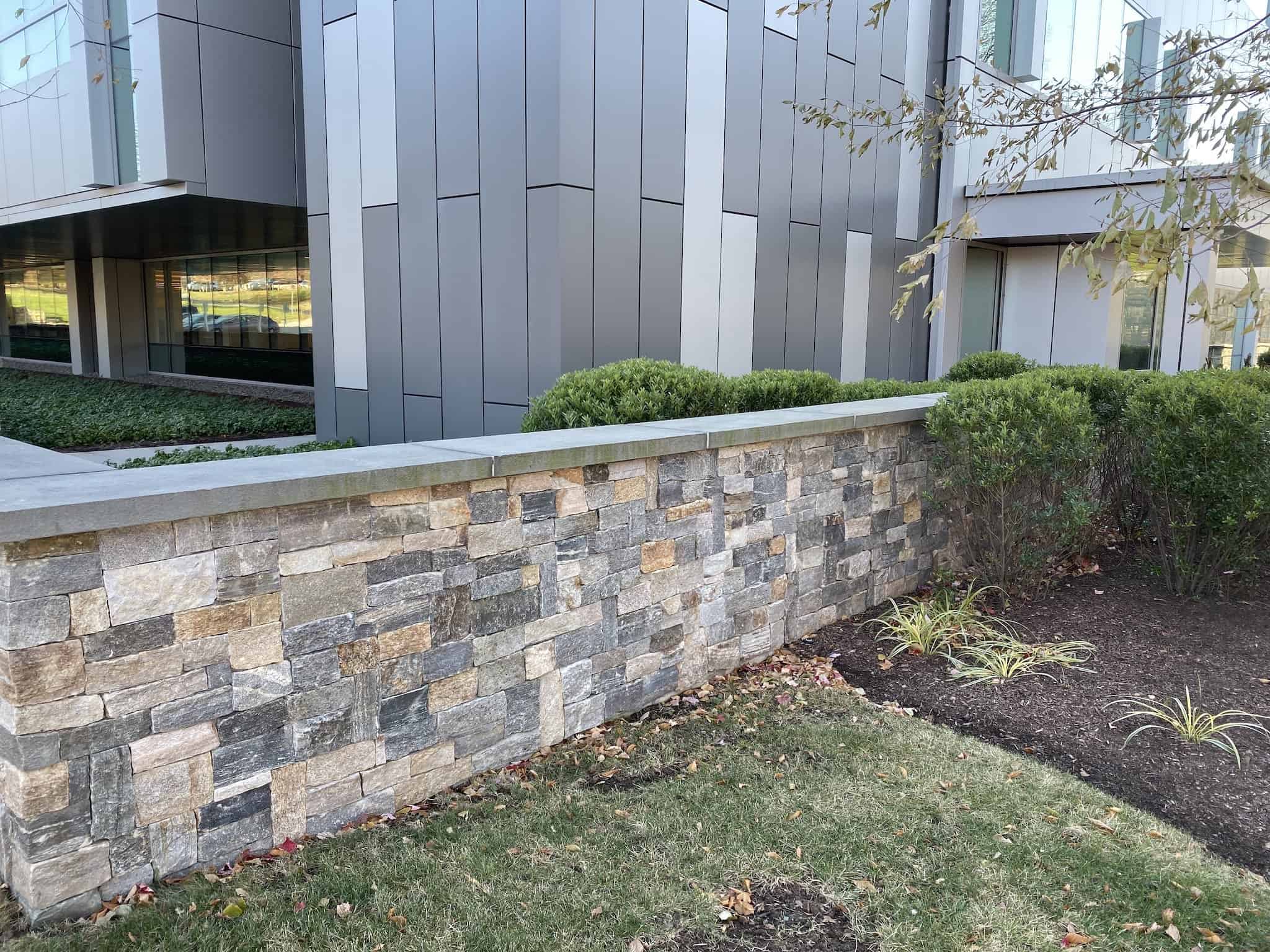

They must also be inspected and assessed right after after any storm that results in higher-than-normal water flow. To ensure the integrity of gabion barriers, they must be examined on a regular basis. Gabion wall wire mesh baskets can abrade and tear open in high-velocity streams and wave interaction, spilling the rock fill.
STONE FLOOD WALL INSTALL
Because mechanical lifting is necessary to install large wall pieces in position, gabion walls necessitate the use of heavy machinery.

Gabion walls are more expensive to erect than natural vegetated slopes or riprap, despite the fact that they are a solid economic choice for most applications. Any damage to the bottom sections of very tall gabion stacks necessitates the removal of the upper wall elevations, which can be costly and time-consuming.

The entire wall must be disassembled to reach the damaged area if the rocks shift or become worn down inside the metal baskets as a result of heavy water and wave activity. Huge gabion walls built on tourist beaches serve as a diversion from the need to defend large beach areas with particularly thick and lengthy barriers. Rather of forming natural-looking rock barriers, the front-facing walls appear boring and mechanical in design.

In river, pond, and beach environments, gabion constructions have a reputation for being ugly and unnatural. The permeability of gabion walls remains good due to the pebble and gravel structure, enabling sufficient natural drainage of runoff while reducing water velocity by breaking it up and spreading the pressure over a large region. On beaches and tidal berms, gabion barriers defend against storm surge and wave erosion. They guard against mud slides and hill slides in areas where the topsoil is unstable and has no root base. Gabions can be used to create linked beds, riverbanks, and drainage channels for slope stability. Cement caps, similar to the way sidewalks cap the tops of wall constructions 2, can be used to cover gabion walls. Gabion walls can be used to create pond and dam walls, as well as serve as cladding for structures. The galvanised wire in the mesh is corrosion and rust resistant. Gabion construction uses environmentally friendly gravel and pebbles that can withstand years of damage from water erosion. They can withstand repeated hammering from waves and stream flow without disintegrating. Gabion walls’ tops can taper to match any change in landscape height.Ĭonstruction is continuing at a rapid pace.īecause to the elasticity of their wire mesh structure, gabion walls withstand breaking and separation. Gabions can be used to follow a grade along a wall, to construct stream bed banks, and to strengthen coastal dunes. The rock fill is available in a variety of sizes and colours to fit the volume and style of each wall, allowing them to be tailored to each application. Gabion wall building components are simple to transport to job locations, unload, and install. The strength of embankment soil is increased by combining this with geogrid reinforcement. It keeps the slope stable near highways and railways, which are utilised as anti-erosion slopes. They are used to protect roadway and railway surfaces against rock and stone falls. In emergency situations, they are utilised in hydraulic works. Gabions come in a variety of shapes and sizes, and they are porous and flexible structures. It’s used in channel coating to prevent corrosion thus, it’s concerned with wave and erosion-induced velocity.Ħ metres long, 2 metres wide, and 0.3 metres high is the typical size. They’re also called as reno mattresses gabion wall since they’re shorter than the others. If filler material is accessible or mines are close to the project site, it is cost-effective. It is a pure wire mesh that comes in box sizes and a variety of sizes and is utilised in highway and railway construction. These walls are chosen for their cost and function, and the following are the most popular gabion wall types: The stepped design of a gabion stepped weir is commonly used for river training and flood control the stepped shape increases the rate of energy dissipation inside the channel. They can be used to control flood water flow around a susceptible structure. Rather than being steep, gabion walls are generally battered (angled back towards the slope) or rearward beside the slope.


 0 kommentar(er)
0 kommentar(er)
